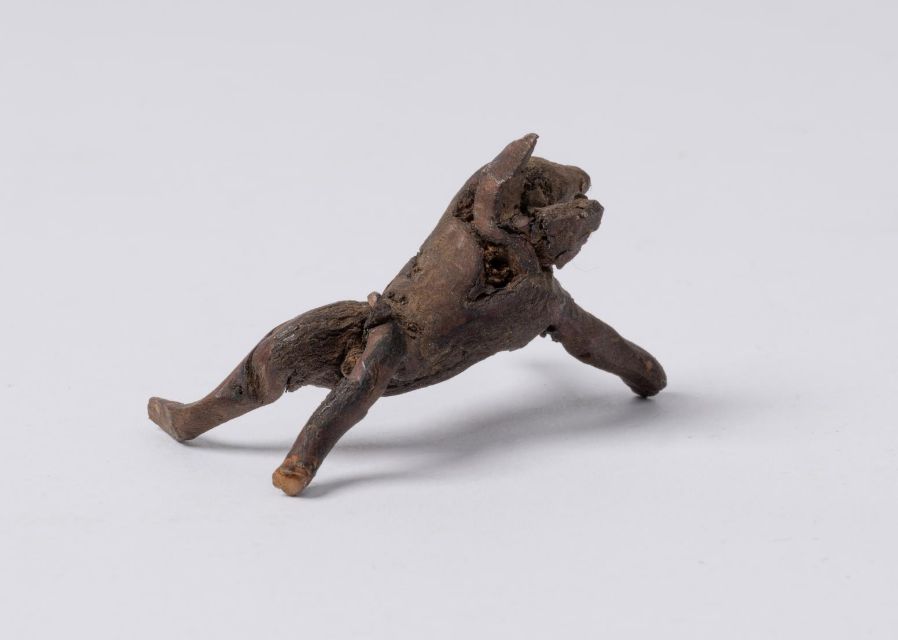Effects
If we look at the cultural history of the mandrake plant, fact and fiction can sometimes go hand in hand. Chemical analysis tells us that the plant contains toxic and hallucinatory substances such as atropine and scopolamine. These substances are, in the right dosage, still used in modern medicine today and are even considered ‘essential’ by the WHO.
As a sidenote, it’s quite interesting to how the mandrake got all kinds of different cultural-historical connotations. If we compare, for example, the stories from the west to those of the Middle East, we see how the west has created an aura of death and doom around the plant, while in the east, the plant stands for spirit and vitality, and was often used to accelerate pregnancy. Could this be a result of the heartrate-inducing effect of atropine? This completely opposing effect is perhaps best expressed through the Hebrew name of the plant: dud or dudaim, meaning ‘love plant’.
During the Middle Ages, all kinds of myths emerged around the mandrake. These myths were fed, in part, by the descriptions of Pythagoras, who was connected to the doctrine of signatures that was popular during his time.
